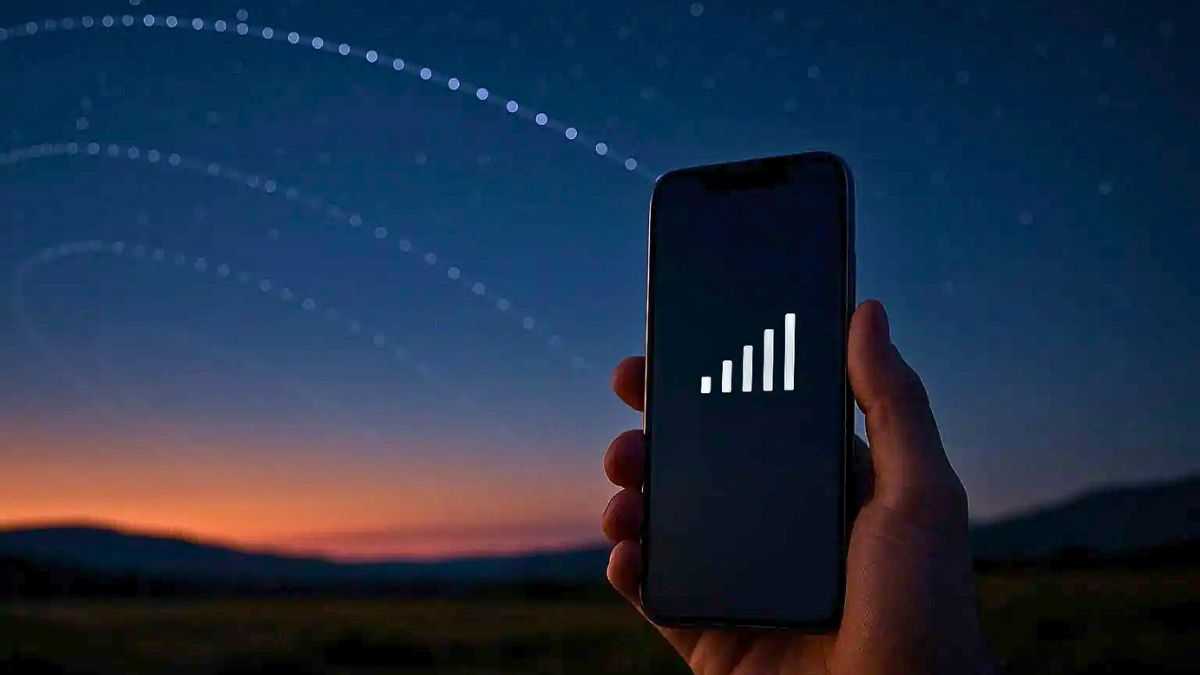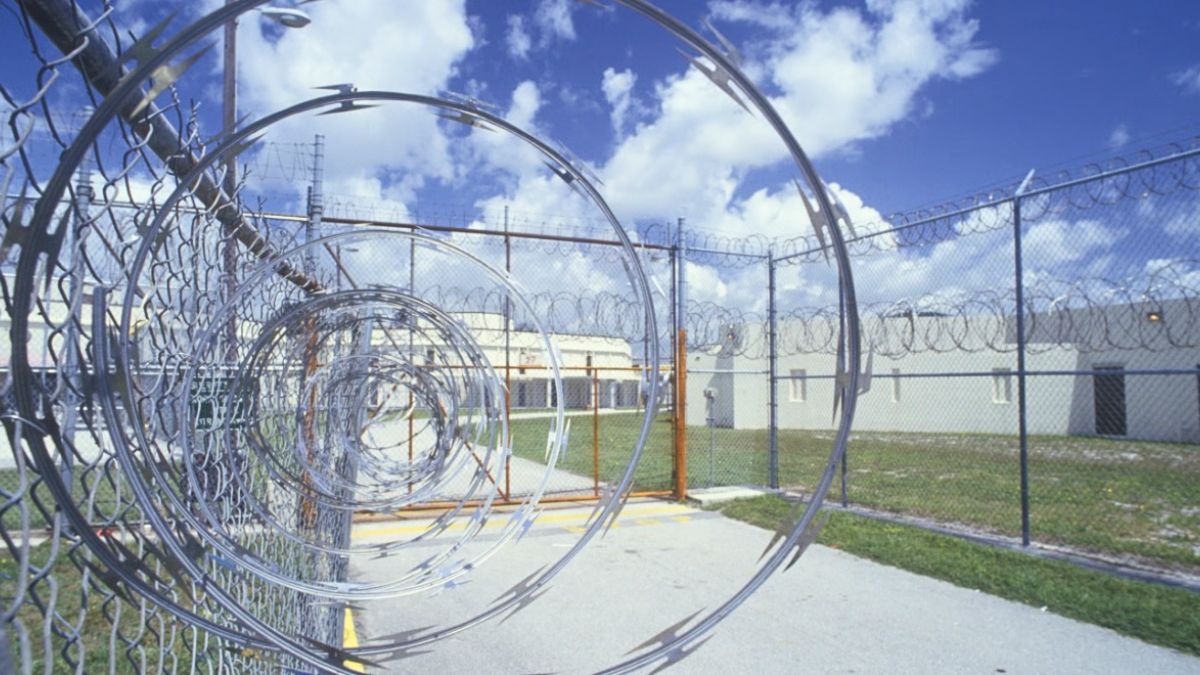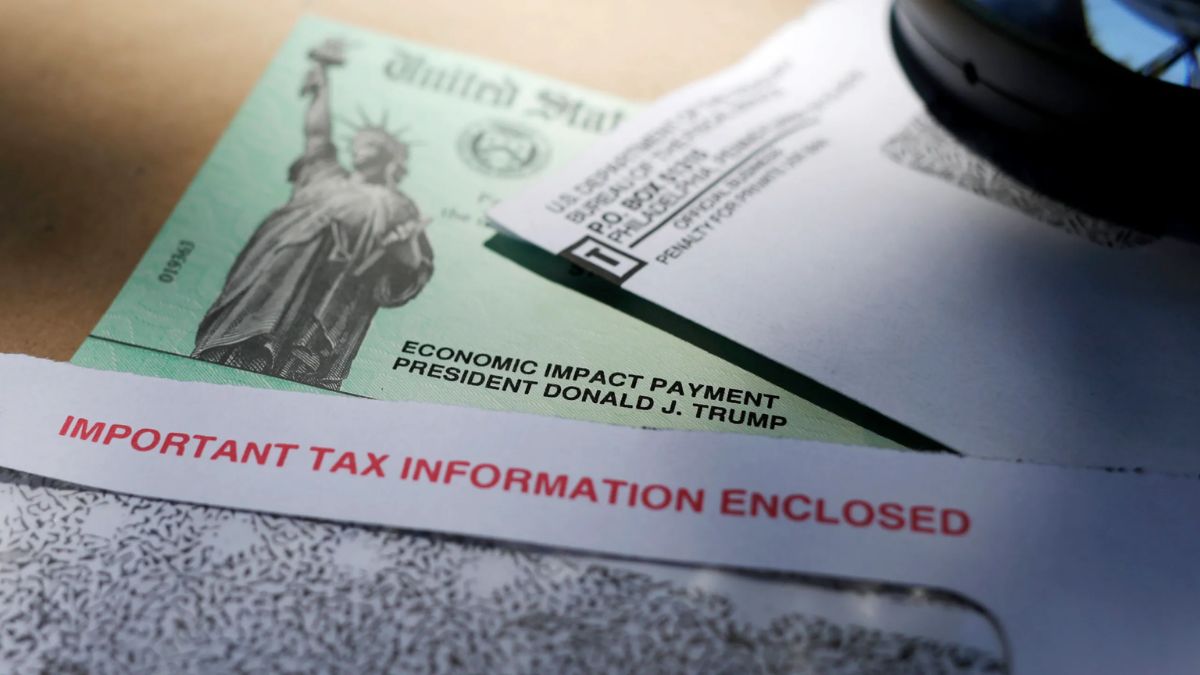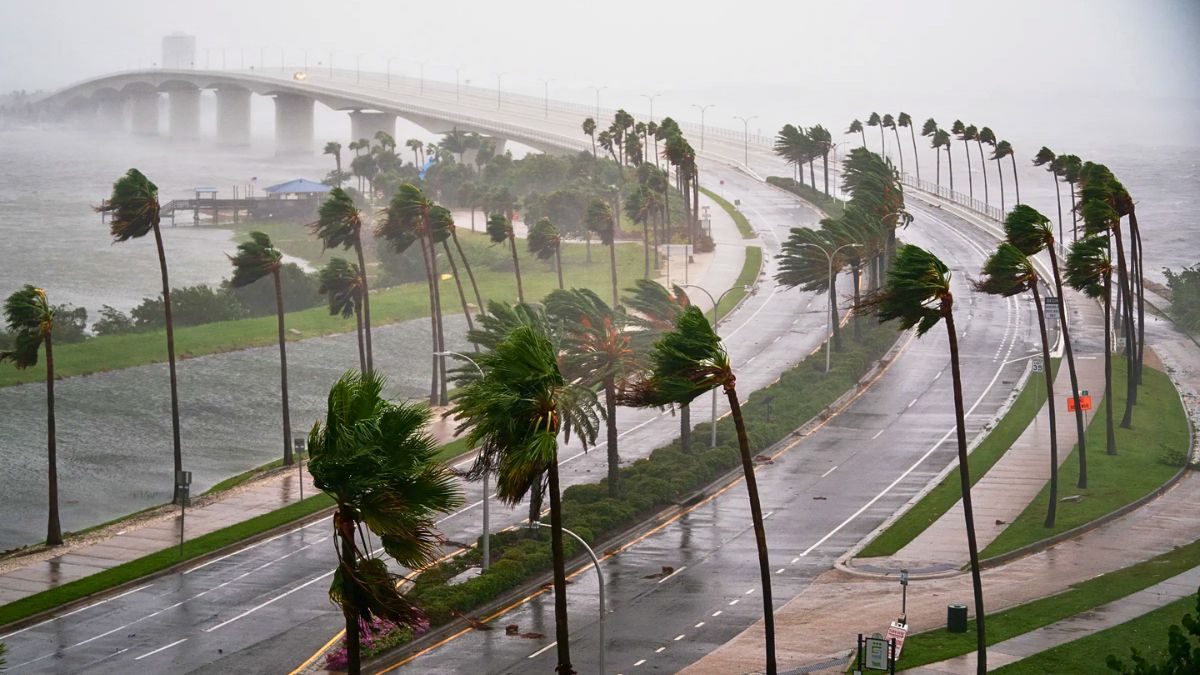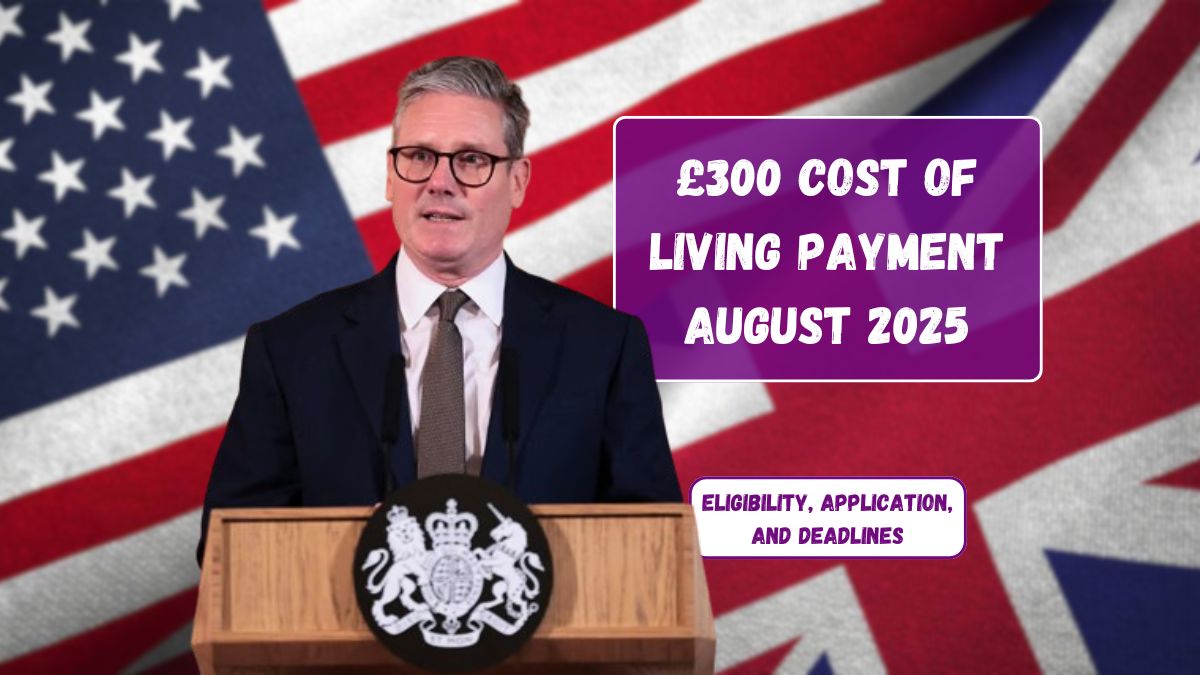Since July 15, your mobile phone can now connect directly to space. Thanks to a new Starlink feature called Direct-to-Cell, you can send texts and share your location even when there’s no cell tower in sight. That’s right—Elon Musk’s satellite internet service is now reaching into mobile communications, and it’s already live in some parts of the world.
Let’s look into how it works, which phones support it, and when it will arrive in places like Spain.
Concept
Starlink’s new Direct-to-Cell technology connects your phone to its satellites in low-Earth orbit. That means when you’re far from any cell signal—like in the mountains, the desert, or even at sea—your phone can reach out to the sky instead of a nearby tower.
For now, the system only supports basic features: sending text messages and sharing GPS location. But voice calls and mobile data are expected to roll out later as the technology evolves.
Simplicity
The best part? You don’t need to buy or install anything. There’s no need for external antennas, routers, or apps. When your phone detects there’s no ground signal, it will automatically try to connect to a Starlink satellite. That’s made possible by your phone’s built-in antenna, which can search for satellites in orbit.
Still, there’s a catch—not all phones are compatible.
Compatibility
Only specific models currently support this feature. If you have an older phone, it likely won’t work.
Here’s a breakdown of supported devices:
| Brand | Compatible Models |
|---|---|
| iPhone | iPhone 14, 15, 16 |
| Google Pixel | Pixel 9 and newer |
| Samsung Galaxy | A14+, S21–S25, Z Flip 3–6, Fold3+ |
| Motorola | Razr, Razr Plus (2024), Moto Edge, Moto G Power 5G (2024) |
If your phone is on this list, it’s ready to connect to Starlink. Otherwise, you’ll need to wait until more devices are supported—or consider upgrading.
Availability
Even though the tech is live, it isn’t available everywhere. In Spain, for example, the feature doesn’t work yet. Starlink still needs to finalize agreements with a local mobile provider to activate it.
Based on current estimates, that agreement could be signed by late 2025 or early 2026. Once done, Starlink Direct-to-Cell could roll out shortly after—just like it already has in the United States (with T-Mobile), Canada, Australia, and Japan.
Cost
The good news? There’s no extra charge. Starlink plans to include Direct-to-Cell in existing mobile plans, meaning you won’t need to buy anything new or pay for a separate subscription.
There’s also no app to download or setup required, which keeps things as simple as possible.
Battery
Since the signal has to travel all the way to space, your phone will use more energy compared to connecting to a nearby tower. So yes, this feature can drain your battery faster, especially if you’re in an area with no regular coverage for long periods.
But since it only supports texts and GPS location for now, it won’t burn through your battery like video streaming or browsing would. Once full internet connectivity is added, power efficiency will become more important.
Future
Starlink’s Direct-to-Cell project could completely reshape mobile connectivity—especially in rural or remote areas where traditional networks fail. Imagine texting from the middle of the ocean or a mountain trail without ever losing signal. That’s the power of combining satellites and smartphones.
It’s still early days, but the future looks sky-high.
FAQs
What is Starlink Direct-to-Cell?
It’s a feature that connects phones to satellites without towers.
Does it work in Spain?
Not yet. It needs a mobile provider agreement first.
Which phones are compatible?
iPhone 14+, Pixel 9+, Galaxy S21+, and newer Motorolas.
Is there any extra cost?
No, it’s included in regular mobile plans.
Can it drain my phone battery?
Yes, satellite connection uses more power than normal.

